What AI Software Can Innovate Digital Art Creation
What AI Software Can Innovate Digital Art Creation
Learn how AI software can bring about change in your digital art creation process. Its sophisticated algorithms and capacity for machine learning can improve your artistic methods, creating lifelike landscapes, and experimenting with previously uncharted forms of abstract art. Break free from creative constraints and redefine your digital art experience with the aid of cutting-edge AI technology.
Unfetter your creative spirit and open up a world of new possibilities in digital art. Prepare to experience a fresh wave of innovation in art creation.
'Artificial intelligence is pushing the boundaries of what we thought was possible in the arts. It's like a new paintbrush for the digital age.'
Key Takeaways
The advent of AI software has sparked significant changes in digital art creation, expanding the horizons of artistic techniques and reshaping the digital art experience. AI software's ability to refine artistic approaches, render lifelike landscapes and penetrate non-traditional art genres have equipped artists with novel channels to showcase their creative strengths. As technological advancements persist, AI software is poised to further stimulate the digital art community, pushing the envelope of creativity and imagination.
In contemporary times, the role of AI in digital art creation is becoming increasingly evident. It's not merely about supplying artists with new tools, but also about providing a fresh viewpoint on their work. AI software is actively participating in the transformation of art by blending technology and creativity.
However, it's not solely about what AI can accomplish now, but what it might achieve in the future. As AI continues to develop, its influence on digital art will also grow. An exciting journey lies ahead, and we're all part of it. As a renowned artist once said, 'Art is not what you see, but what you make others see.' With AI, we're capable of seeing and creating things we never deemed possible.
Technology and art, in unison, are crafting a new narrative, one that is sure to alter our understanding and appreciation of art.
Enhancing Artistic Techniques
Improving Artistic Skills with Modern Technology
If you're an artist looking to improve your artistic skills, consider adding AI software into your digital art creation routine. AI programs come with a variety of cutting-edge tools that can transform your artistic process. For instance, brushes powered by AI can analyze your brush strokes in real time and suggest improvements. This feature enables you to polish your skills and produce art that's more accurate and expressive.
Moreover, AI software is excellent for color selection. It can suggest smart color options based on the desired mood or theme of your artwork. It can even create a full color palette for your artwork, sparing you the time and energy. By adopting AI technology, you can stretch your creative limits and reach new heights in your artistic journey.
In the words of Pablo Picasso, 'Action is the foundational key to all success.' This is especially true when incorporating new technology into your art. By taking action and experimenting with AI, you can continually improve and refine your artistic techniques.
Generating Realistic Landscapes
Creating Lifelike Digital Landscapes
If you want to produce vivid and believable landscapes in your digital art, AI tools can be of great assistance. The advent of AI technology has brought about significant changes in the way artists create landscapes, introducing a host of advanced features and methods.
Here's how AI tools can aid you in creating lifelike landscapes:
Creating Dynamic Landforms: AI tools can scrutinize geographical data from the real world and produce intricate terrains that include realistic mountains, valleys, and rivers.
Simulating Plant Life: AI tools can imitate the growth patterns of various plants and trees, enabling you to fill your landscapes with diverse and believable plant life.
Adding Weather Elements: With the help of AI, you can introduce dynamic weather elements like rain, snow, or fog to your landscapes, making them more realistic and engaging.
Imitating Light and Atmosphere: AI tools can mimic natural lighting conditions precisely, incorporating the effects of sunlight, shadows, and atmospheric phenomena like haze and fog.
By utilizing AI tools, you can craft stunning landscapes that mirror the splendor of the natural world.
Let's smoothly transition to the subject of abstract art forms.
Exploring Abstract Art Forms
Engaging with Abstract Art Forms through AI
Step into the fascinating world of abstract art forms, where AI software is making significant changes to digital creation. Abstract art, with its focus on shapes, colors, and forms, serves as a medium to express emotions and meanings without adhering to conventional representation.
AI algorithms are being taught to analyze and comprehend abstract art, leading to the creation of fresh and thought-provoking pieces that extend the limits of artistic expression.
Through the use of advanced learning techniques, AI software can identify recurring patterns and structures in abstract art and apply this information to create new compositions. This presents a myriad of opportunities for artists and designers, enabling them to engage with abstract art forms with the support of AI tools.
The union of AI and abstract art anticipates redefining artistic creation and inspiring novel forms of visual expression.
As the noted artist Paul Klee once said, "Art doesn't reproduce the visible; rather, it makes visible." This is particularly true for abstract art, in which the artist's emotions and perspectives are reflected rather than the objective reality.
Artificial Intelligence, by learning and applying these abstract concepts, is adding another layer to the rich tapestry of artistic creation.
Pushing the Boundaries of Creativity
Pushing the Creative Envelope
AI software has become a game-changer in the field of digital art, offering artists innovative ways to stretch their creativity. It's like a new paintbrush for the modern artist, providing different ways to express artistic visions.
Here are four ways AI software can fuel your creativity:
Generative Adversarial Networks (GANs): GANs offer a helping hand in creating new and original artworks. They learn from existing art and then produce new pieces, setting up a collaborative environment between the artist and the AI. This synergy between human and machine is leading to some truly groundbreaking art.
Style Transfer: This is a process where AI algorithms can modify an artwork by overlaying the style of a different piece onto it. This gives artists the ability to toy with various artistic styles and create some breathtaking combinations.
Automated Augmentation: Think of this as having a creative partner. The AI software can suggest compositions, color schemes, or even come up with the initial sketches. It's like having a fresh pair of eyes to offer new viewpoints and spark innovative ideas.
Interactive Art Experiences: AI technology allows artists to create art experiences that are interactive and immersive, engaging viewers on multiple sensory levels. This moves beyond the boundaries of traditional art, making for a more lively and engaging viewer experience.
In a quote from renowned digital artist, Anna Ridge, "The use of AI in art is like adding another color to the palette. It doesn't replace the artist, but instead offers new avenues for creativity." By using AI software, artists can break free of creative constraints and redefine the boundaries of what's possible in digital art.
Redefining the Digital Art Experience
Reimagining the Experience of Digital Art Through AI
Artificial Intelligence (AI) has emerged as a powerful tool in the realm of digital art. It's reshaping the way we create, appreciate, and engage with art in the virtual world. Machine learning, a subset of AI, can be utilized to produce distinctive and original pieces of art, thus stretching the limits of creativity and innovation.
Artists can experiment with a variety of artistic styles, and broaden their creative scope with the help of AI. These intelligent algorithms can sift through massive amounts of data - like existing pieces of art and cultural symbols - to produce diverse and unique artworks. This goes beyond enriching the creative process; it also provides an additional layer of customization and interaction for art aficionados.
Reimagining the digital art experience with AI software presents new prospects for both artists and art enthusiasts. It alters how we view and value art in the era of digitization.
As the renowned artist, Picasso once said, 'Computers are useless. They can only give you answers.' But AI is proving him wrong, not by providing answers, but by raising new questions in the field of art, thereby pushing artists and viewers alike to think and see differently.
Frequently Asked Questions
How Does AI Software Enhance Traditional Artistic Techniques?
AI software adds a modern touch to the age-old practice of art, by studying patterns in existing art pieces, concocting fresh concepts, and automating mundane tasks. It provides artists with a tool to experiment with fresh ideas, defy conventional norms, and produce original and distinct digital art.
Reflecting on the current digital era, AI software is an important tool for artists. It allows them to study trends in traditional artwork and then uses this data to help them come up with fresh ideas. This is particularly useful as it saves artists time and effort in researching and brainstorming.
Moreover, AI can handle repetitive tasks like shading, coloring, and sketching, giving artists more time to focus on the creative aspect of their work. By reducing the time spent on these tasks, artists can devote more time to conceptualizing and designing unique art pieces.
The integration of AI in art has ushered a new era of artistic expression. Artists can now easily blend traditional methods with modern technology, creating captivating pieces. As the acclaimed artist Pablo Picasso once said, "Every act of creation is first an act of destruction." AI is, in a way, the destruction of traditional barriers, enabling limitless creation in the realm of digital art.
However, it's crucial to understand that AI doesn't replace human creativity. It merely aids it by automating certain tasks and providing new avenues for artistic expression. In the end, it's the artist's vision and creativity that breathe life into an artwork. AI just offers a different set of tools to realize this vision.
Can AI Software Generate Realistic Landscapes Without Human Intervention?
Can AI Software Craft Lifelike Landscapes Without Human Help?
Artificial intelligence (AI) software has the capacity to craft lifelike landscapes without the need for human help. It applies cutting-edge algorithms and machine learning to grasp and mimic natural components, textures, and light conditions. This technological progression transforms the art of digital creation by reducing the time spent and broadening the scope of artistic creativity.
In the current era of AI advancements, this development is significant as it allows artists to produce highly detailed and realistic digital art in less time. This not only speeds up the creative process but also allows artists to experiment with different styles and techniques, leading to a richer diversity of digital art.
In essence, it's like having an extra pair of hands that understand your artistic intent and can execute it with precision and speed. As a renowned digital artist once said, "A helpful tool doesn't replace the artist, it simply empowers them to create more."
How Does AI Software Explore Abstract Art Forms and Create Unique Compositions?
In the realm of abstract art, AI software plays an instrumental role in crafting distinctive compositions. This is done by using complex algorithms that scrutinize patterns, hues, and forms. Through this process, the software pushes the boundaries of what's typically expected in artistic expression, leading to innovative developments in the creation of digital art.
In What Ways Does AI Software Push the Boundaries of Creativity in Digital Art?
AI software has a significant impact on the realm of digital art, pushing creativity to new limits. This software allows artists to create original and unique works of art, experiment with abstract forms, and improve their artistic skills. With its capability to facilitate the creation of art pieces that were previously unfathomable, AI software is paving the way for a new era in digital art.
To put it into perspective, think of AI software as a new tool in the artist's arsenal, like a brush or a chisel. This tool doesn't just create art on its own; it aids the artist in their creative process, helping them to bring their visions to life in ways that were not possible before. This is especially evident in the realm of abstract art, where AI can generate new shapes and forms that push the boundaries of what we consider "art".
A specific example of this is the use of AI software in generating unique compositions. Artists can use this software to create pieces that are entirely unique, making each piece a one-of-a-kind work of art. Additionally, this software can help artists improve their skills by providing them with new ways to experiment and expand their artistic abilities.
Artists have always been at the forefront of technological advancements, and AI software is no exception. As one artist put it, "AI is just another tool in the toolbox. It's not the be-all and end-all of art, but it is a powerful tool that can help us create things we never thought possible."
How Does AI Software Redefine the Overall Digital Art Experience for Both Artists and Viewers?
AI software is transforming the way we experience digital art, for both creators and spectators. This technology is pushing creative limits, introducing fresh methods and styles that amplify artistic output and engage viewers in novel ways. A clear example of this is how AI tools are used to transform ordinary photos into striking digital paintings, attracting the attention and admiration of spectators. As the famous artist Picasso once said, "Every act of creation is first an act of destruction." In a similar vein, AI is reshaping the art world by breaking down traditional barriers and opening up new possibilities.
Conclusion
The rise of AI software has indeed brought significant changes to digital art creation, stretching the limits of artistic methods and recreating the entire experience of digital art. AI software's capacity to improve artistic methods, produce realistic sceneries, and delve into non-traditional art forms, has provided artists with fresh avenues to display their creative prowess. As technology continues to progress, AI software is set to further inspire the digital art community, pushing the boundaries of creativity and imagination in the process.
In the current scenario, AI's role in digital art creation is becoming increasingly noticeable. It's not just about providing new tools for artists, but also about offering them a fresh perspective on their work. AI software is actively contributing to the evolution of art by blurring the lines between technology and creativity.
However, it's not just about what AI can do now, but what it may achieve in the future. As AI continues to evolve, so will its impact on digital art. There's an exciting journey ahead, and we're all part of it. As aptly put by a famous artist, 'Art isn't what you see, but what you make others see.' With AI, we're able to see and create things we never thought possible.
Art and technology, together, are creating a new narrative, one that's bound to change the way we perceive and appreciate art.


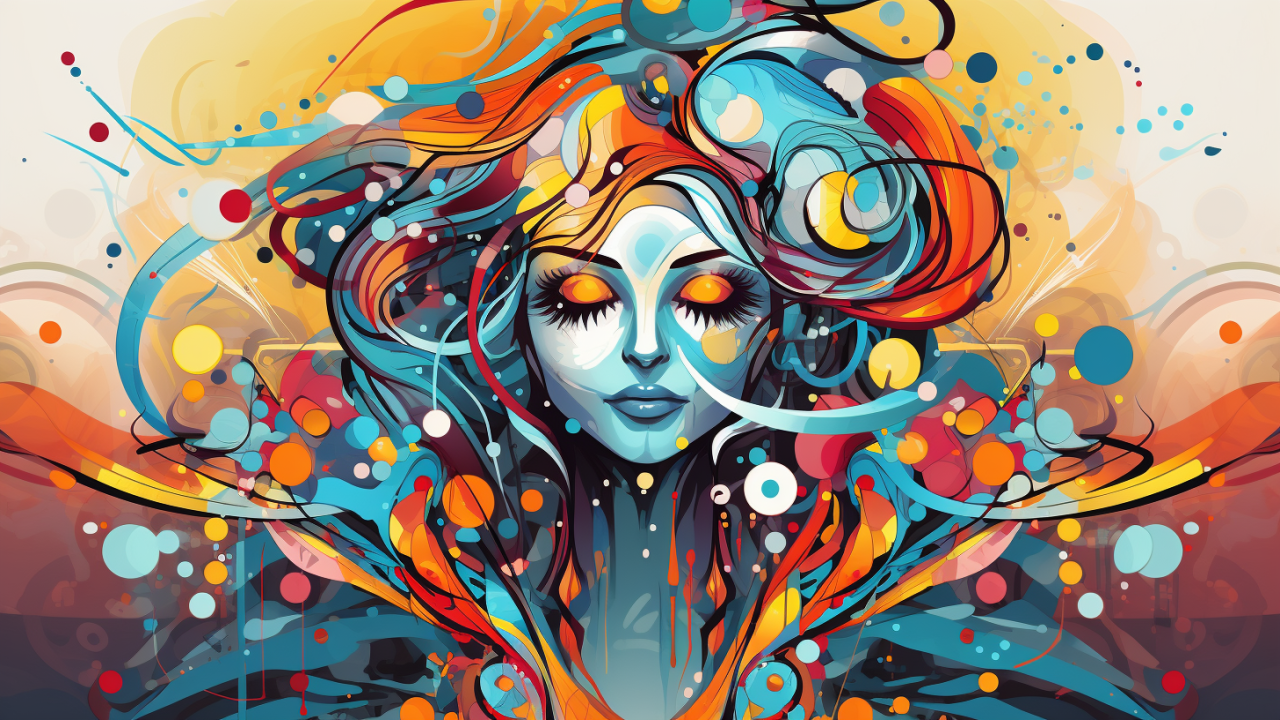
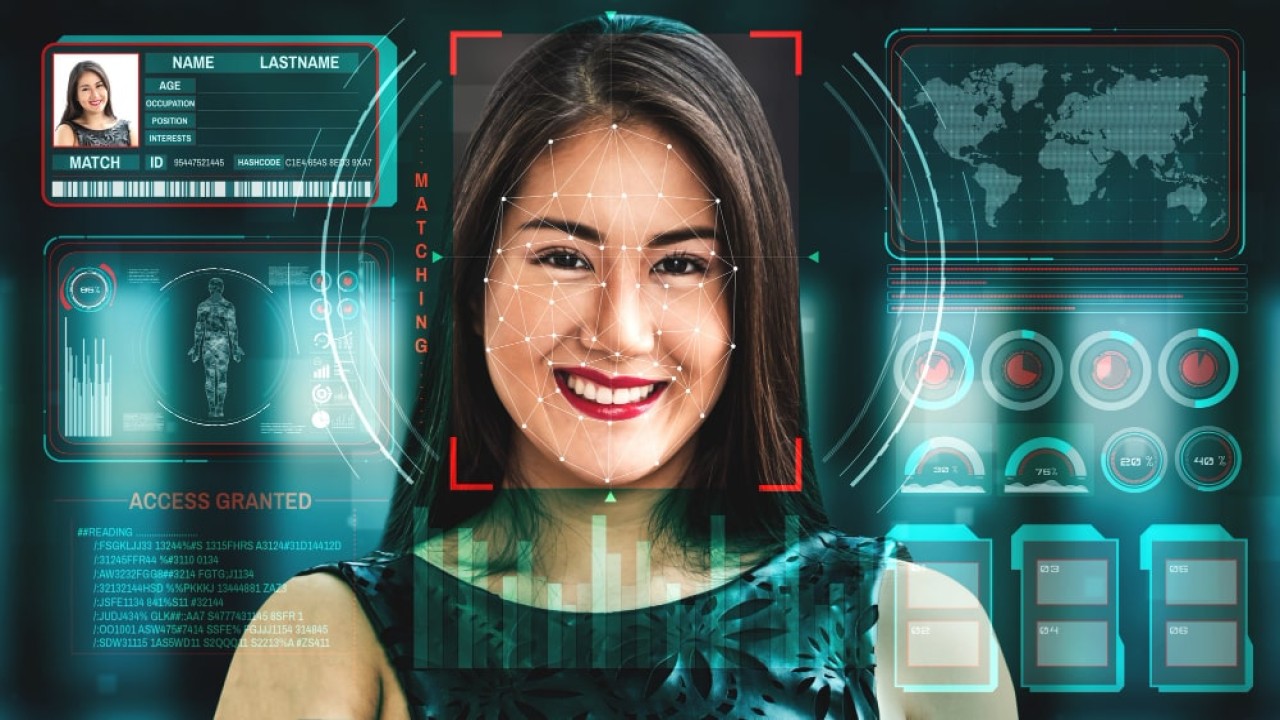
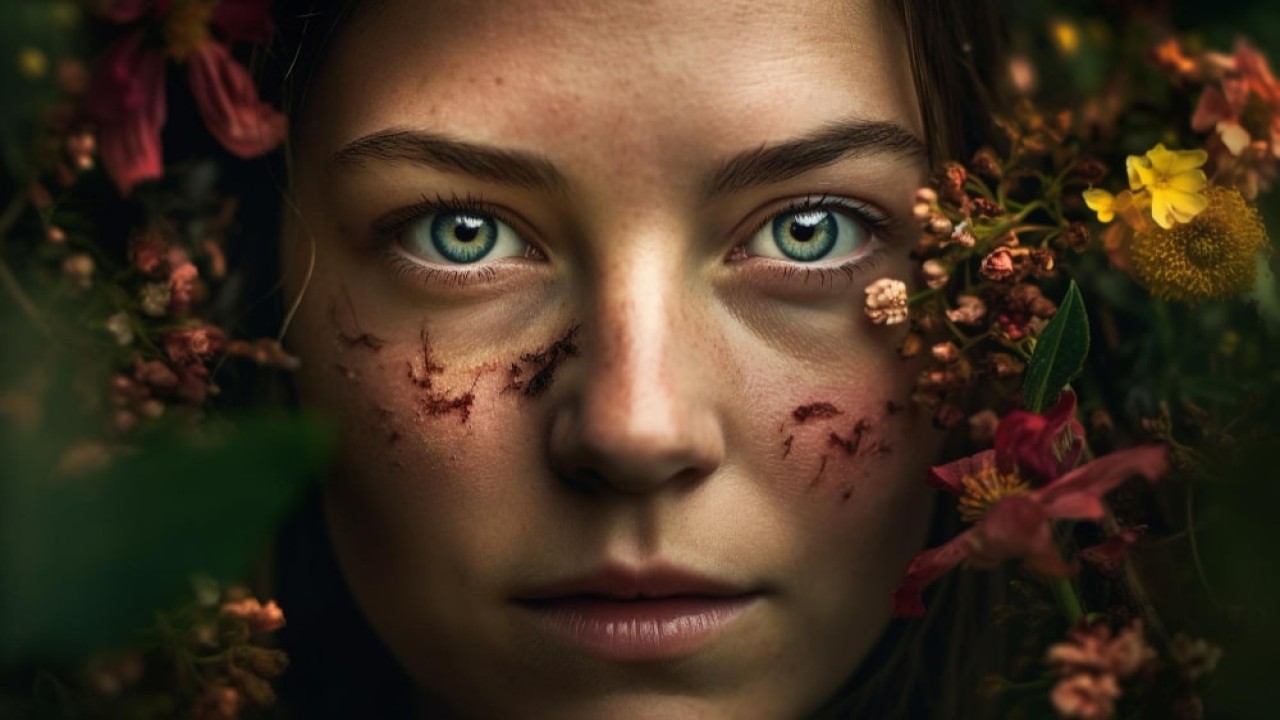
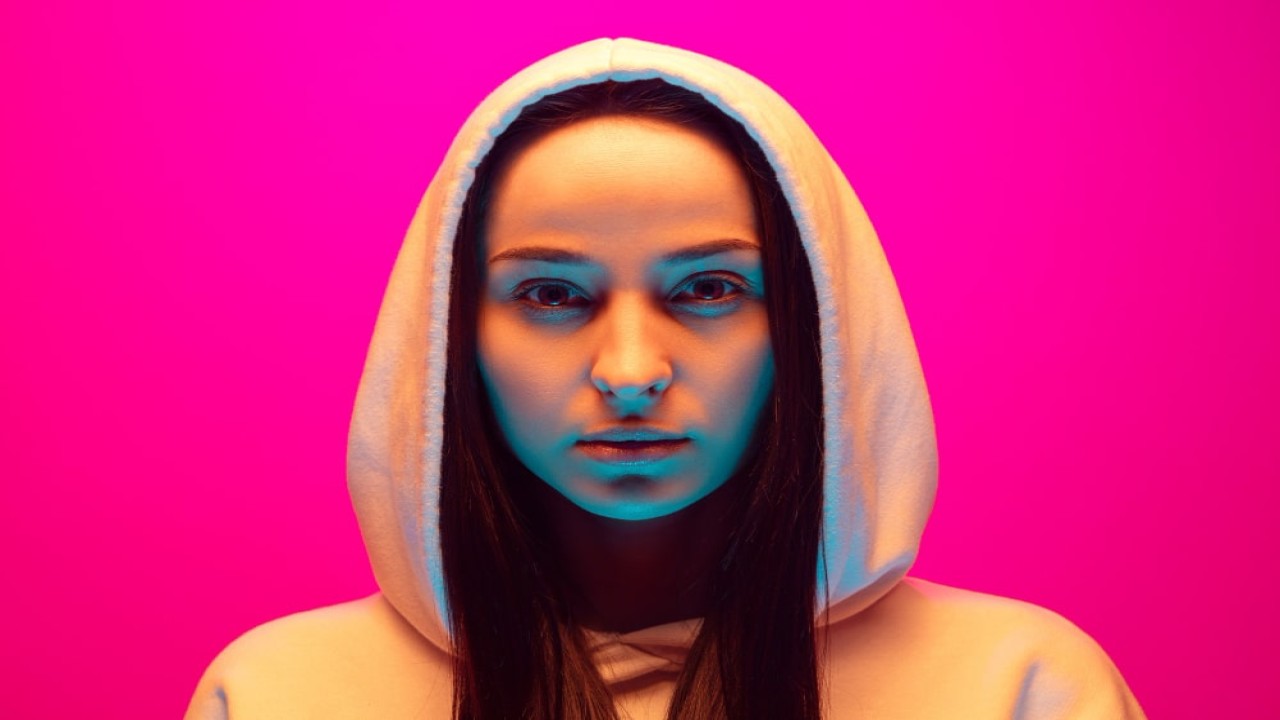
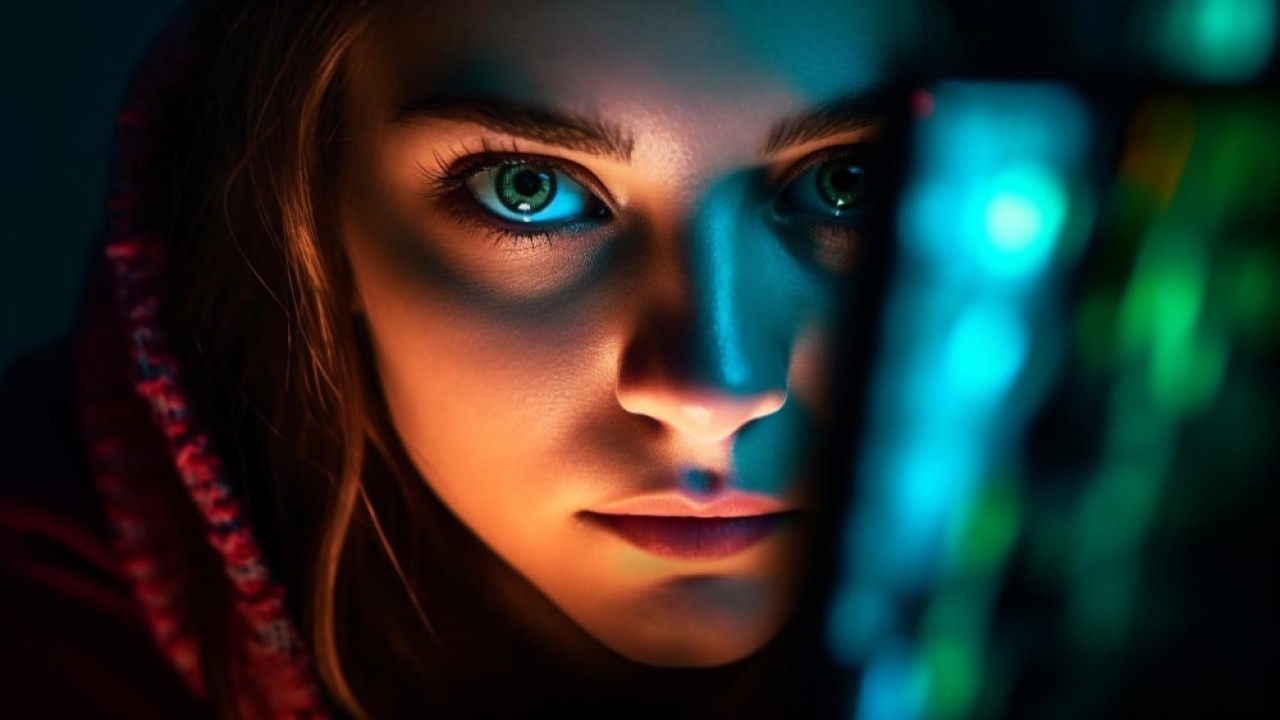
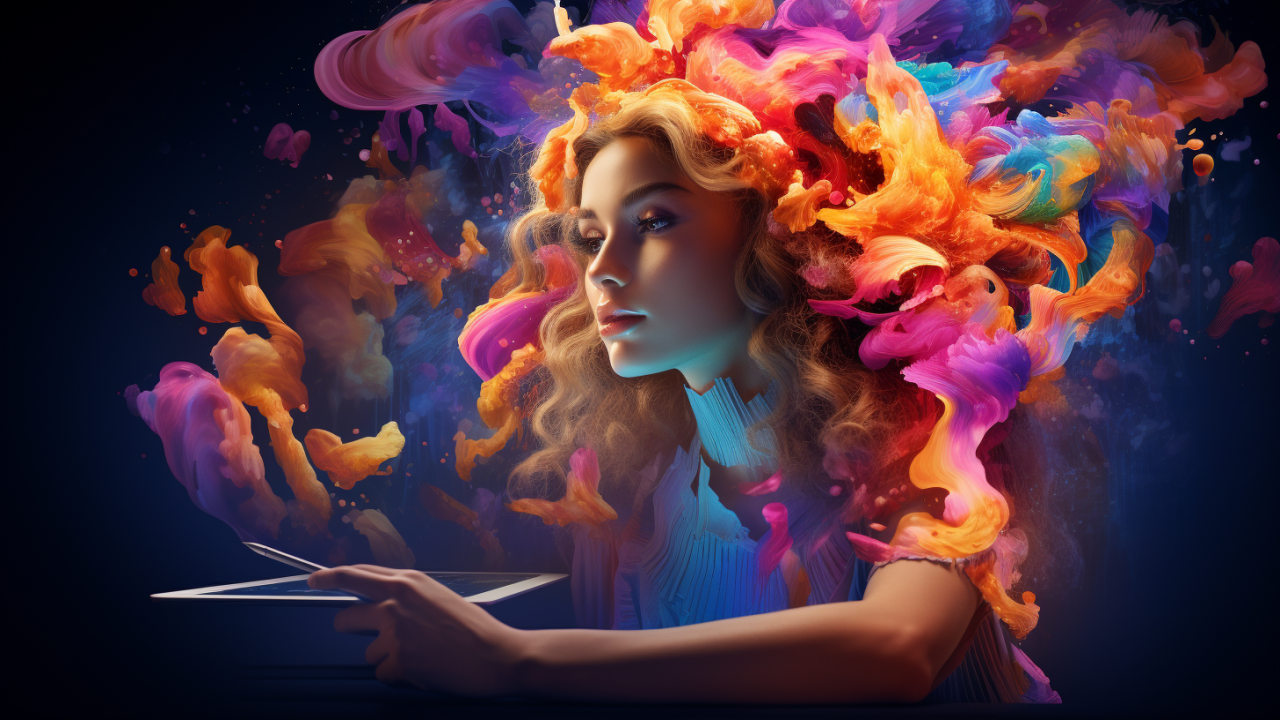
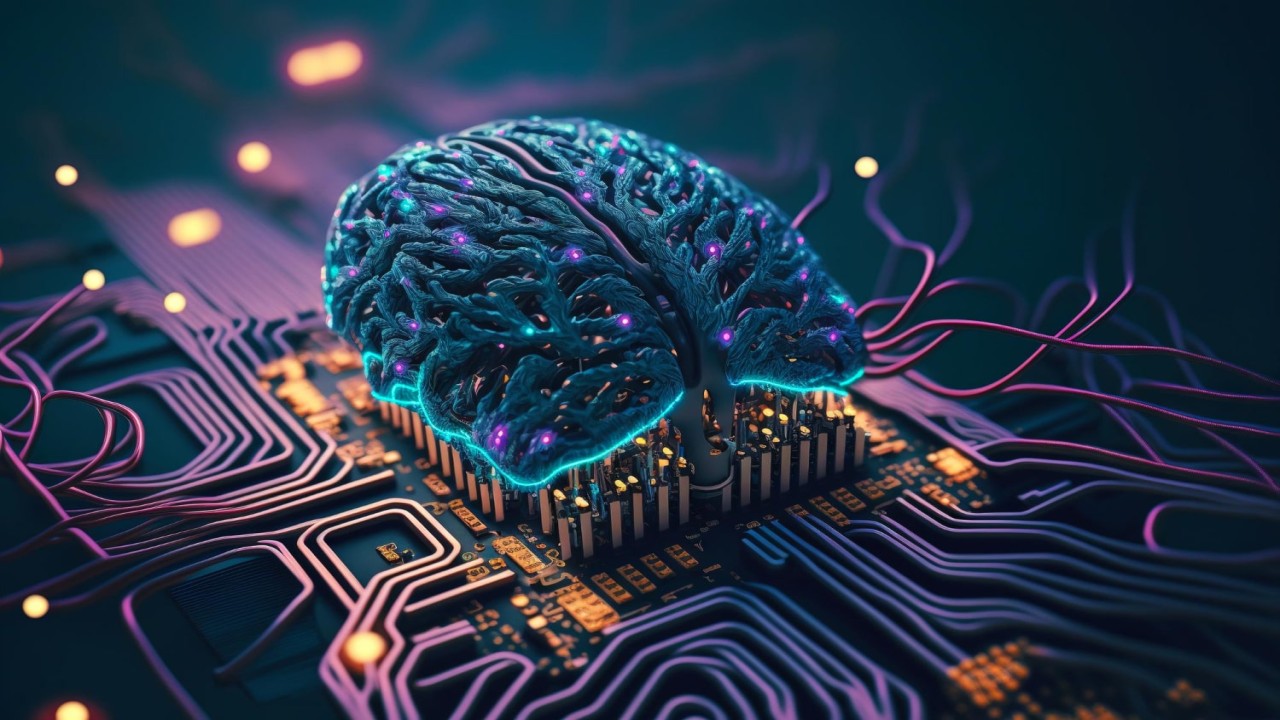
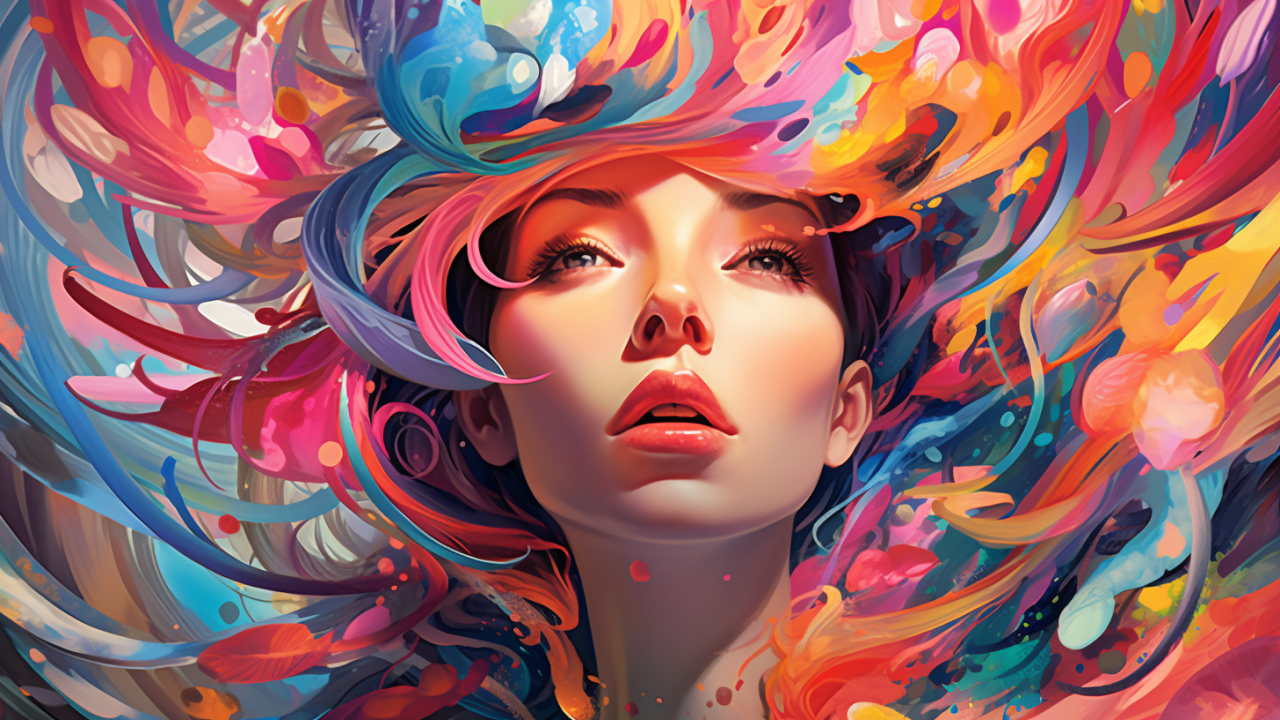
Comments (0)
No comments found